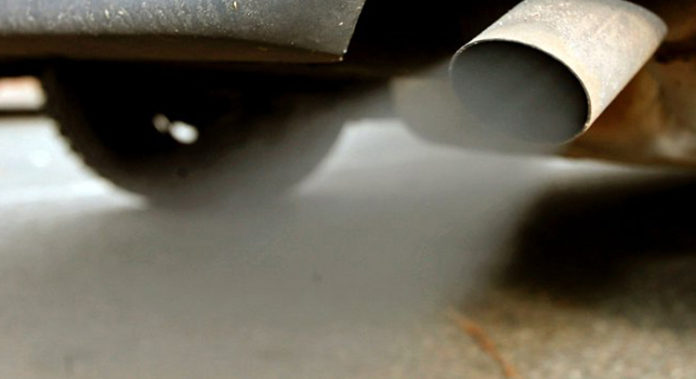
FOLLOWING LAST week’s vote by EU member states on the procedure for determining CO2 emissions from new trucks, the European Automobile Manufacturers’ Association (ACEA) welcomes this as an important step to introduce more transparency to the market – ultimately leading to reduced fuel consumption and lower CO2 emissions.
Truck manufacturers however have concerns as to whether the proposed lead time between the entry into force of the regulation and the start of the first step of the CO2 declaration, now tied to the date of vehicle registration rather than production, is sufficient to perform the necessary certification activities.
This new regulation – approved by member states in the European Commission’s regulatory committee (TCMV) – will require CO2 emissions from new trucks to be calculated according to harmonised and certified procedures. This opens the possibility for reporting and monitoring of these CO2 emissions. To this end, the European Commission has developed a computer calculation tool called VECTO to model CO2 emissions from a wide variety of complete truck and trailer configurations using various heavy-duty vehicle cycles.
Using VECTO data, the EU legislation on the calculation of CO2 from trucks will require a declaration of CO2 values for each vehicle produced for the EU market – providing a credible, standardised way of comparing fuel efficiency across all brands. “This will be a major game changer, as it will help transport operators choose the most fuel-efficient vehicle more easily, thereby significantly reducing CO2. It will also lead to increased transparency and competition among manufacturers to develop the most fuel-efficient vehicles, driving the market uptake of the cleanest vehicles,” stated ACEA Secretary General, Erik Jonnaert.
“The market is diverse and complex, and trucks are usually tailor-made to customers’ specific orders or are custom-built for a specific mission,” Jonnaert added. VECTO can reflect that complexity, as it takes the variables into account that affect CO2 emissions, such as various usage patterns, vehicle configurations or different payloads. “In order to set the direction for future CO2 reduction policy, we need to have a clear understanding of the baseline – VECTO is a necessary tool to close this knowledge gap.”








